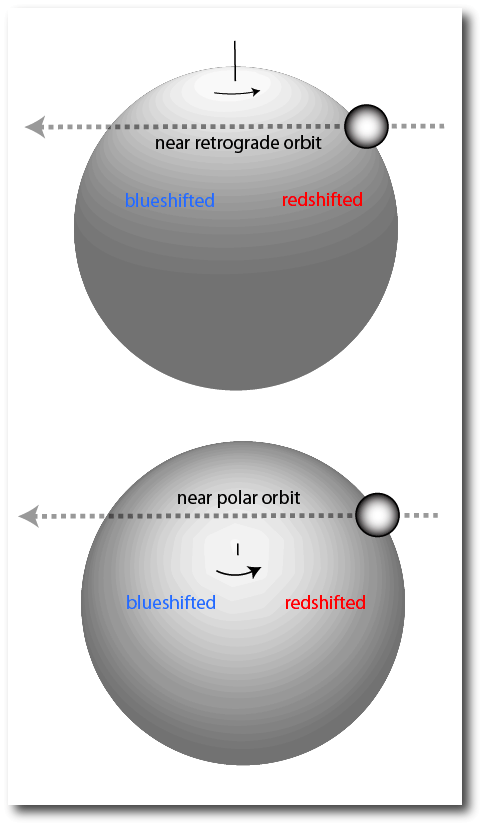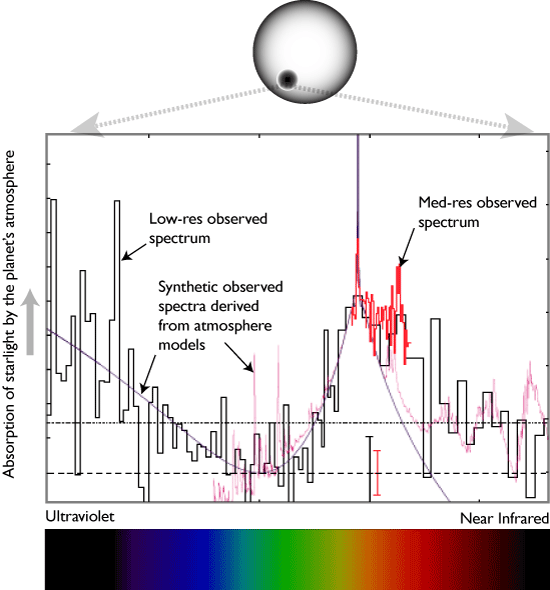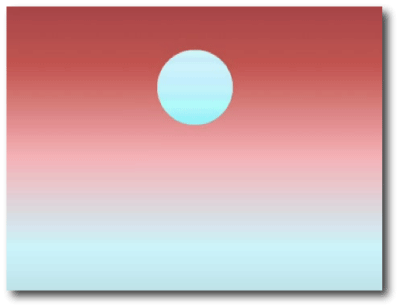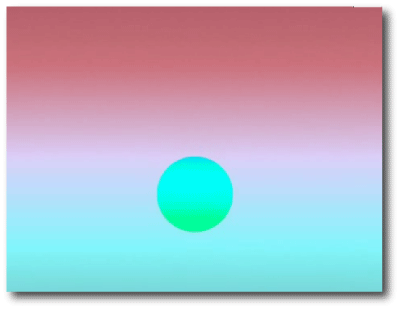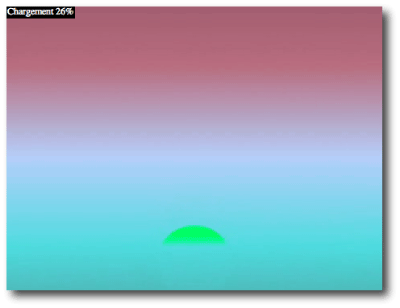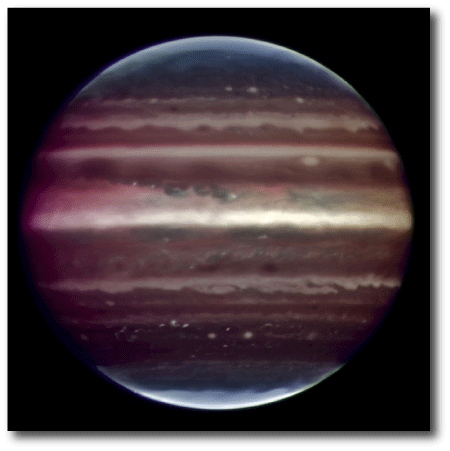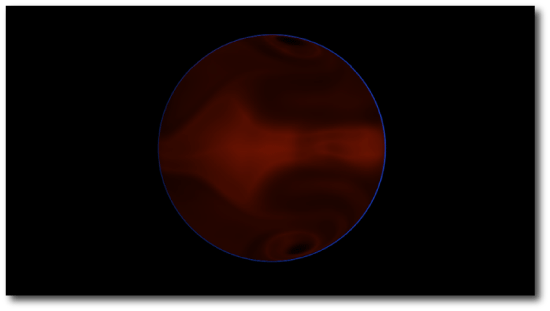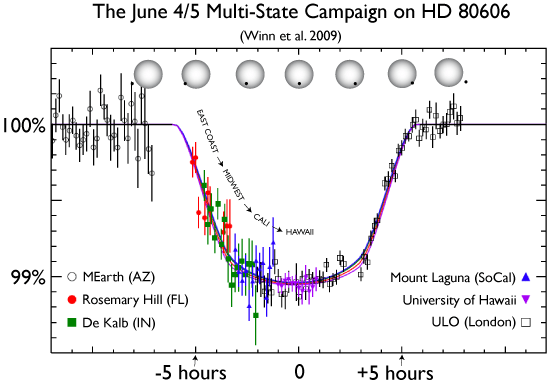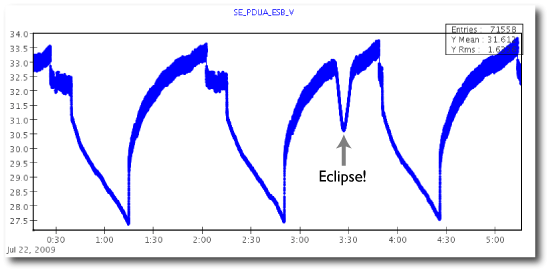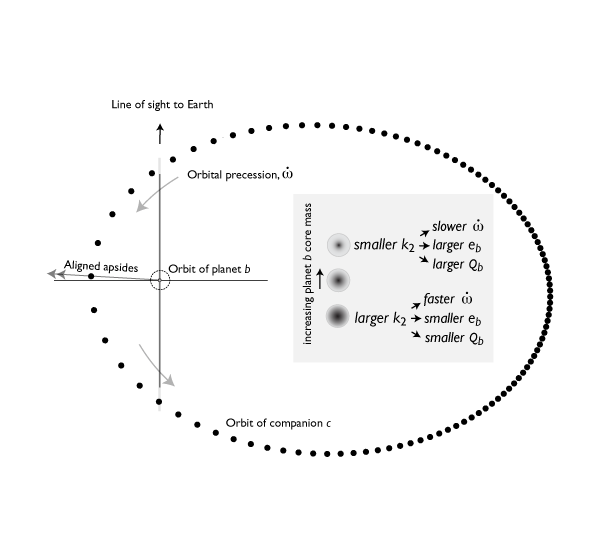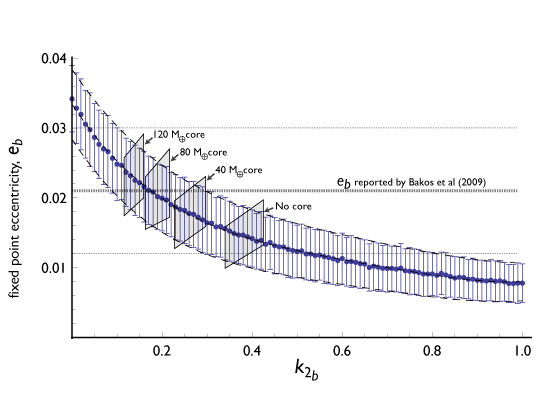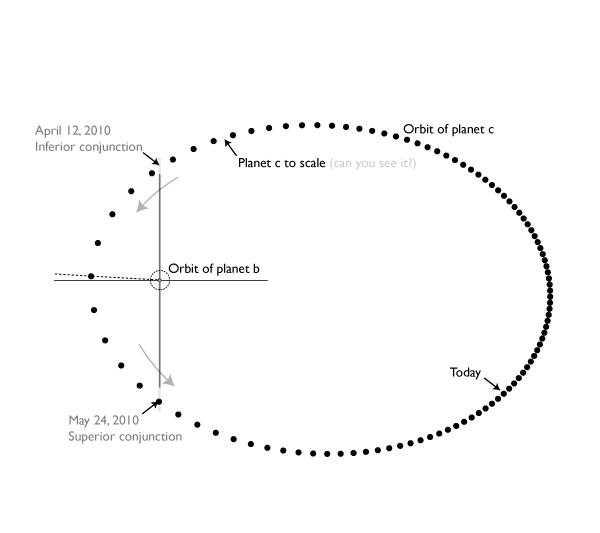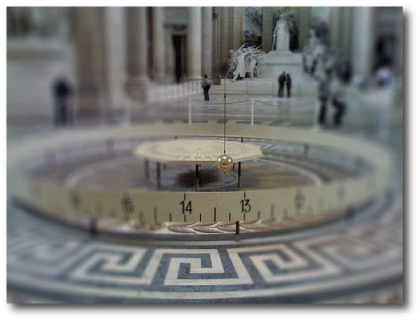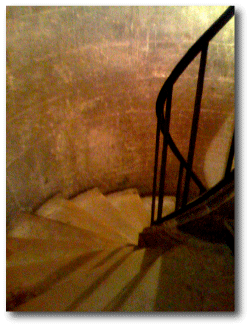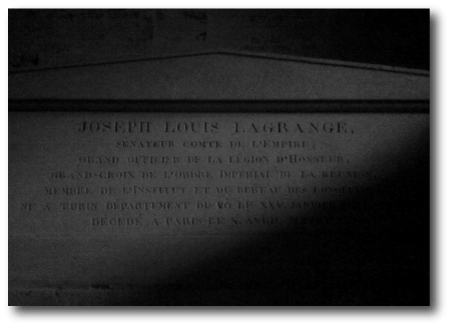
Turn your world upside-down and you’re looking at a very different planet. Antarctica, ringed by the vast exapse of the Southern Ocean, draws all the attention. Viewed from beneath, I think Earth might better resemble the habitable planets that are out there in the local galactic neighborhood, waiting to be found.
Speaking of upside-down planets, last week brought a curious back-to-back development. Three separate papers (one, two, three), posted to astro-ph on two successive days, presented strong Rossiter-McLaughlin-based evidence that both WASP-17b and HAT-P-7b are on severely misaligned, potentially retrograde orbits around their parent stars. Winn et al.’s data for HAT-P-7 are a near-exact inversion of the familiar sawtooth produced by well-behaved hot Jupiters such as HD 209458b or HD 189733b. It would appear that Dr. Kozai exerted a heavy hand during HAT-P-7b’s early days:
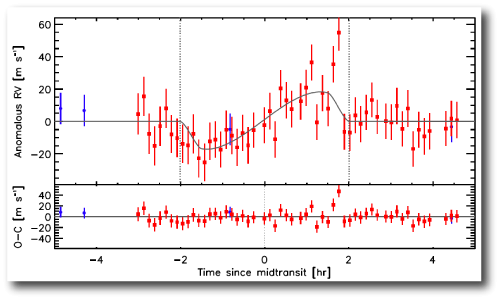
The HAT-P-7 system is alarmingly compact. The star is roughly 80% larger than the Sun, and the orbit of the transiting planet is only about four times larger than the star itself. It looks, in fact, when drawn to scale and tilted to the proper inclination, like a schematic cartoon of a transiting system.
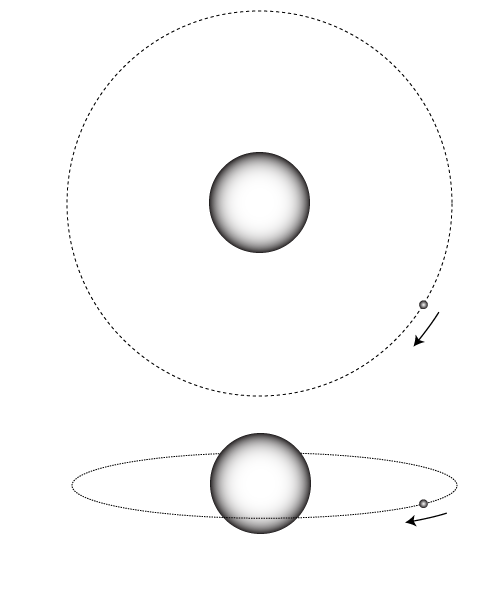
Remarkably, HAT-P-7 lies in the Kepler field, and was the subject of a teaser-like “brevia” published in Science a few weeks ago. In the folded Kepler light curve for HAT-P-7b it’s easy to see the phase function of the orbiting planet, along with the primary transit and the secondary eclipse. The well-resolved depth of the secondary eclipse indicates that the spacecraft is performing up to spec and will be able to detect the transits of Earth-sized planets orbiting Sun-sized stars.
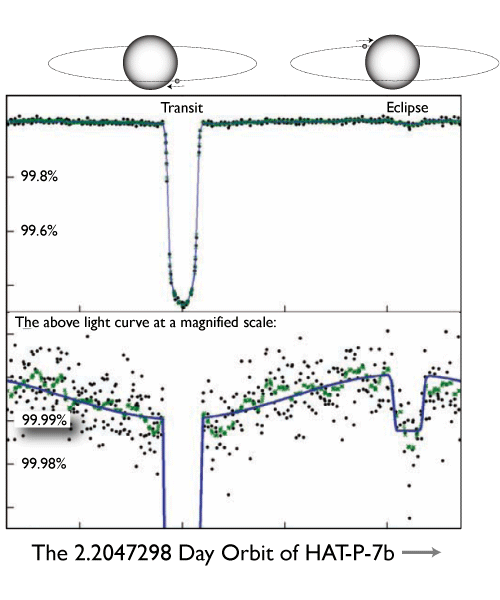
Interestingly, a near-perfectly inverted Rossiter-McLaughlin waveform doesn’t necessarily mean that the planetary orbit is retrograde, but rather only that the angle between the planet’s orbital angular momentum vector and the sky-projected spin axis of the star is close to 180 degrees. If the star’s polar axis is pointing nearly in our direction, then the planetary orbit is close to polar. The small vsin(i) for HAT-P-7 provides a piece of evidence that HAT-P-7b’s orbit might in fact be close to polar.
